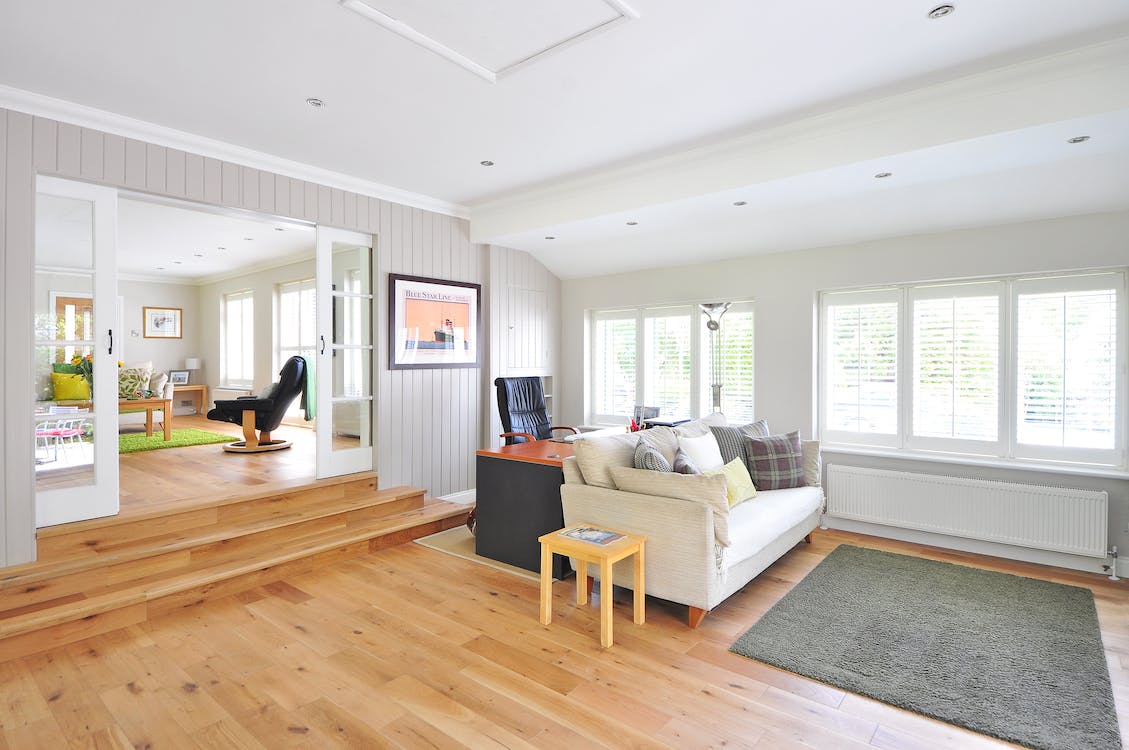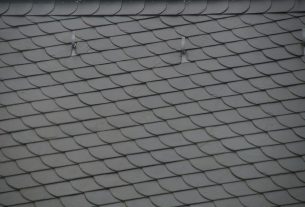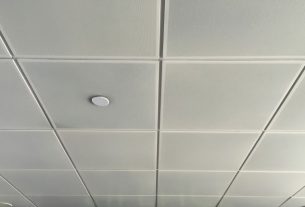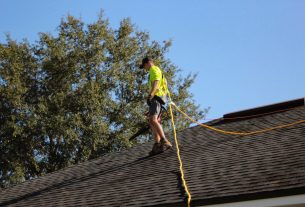Will You Choose a Suspended or Stretched False Ceiling?
An experienced handyman can, of course, carry out his ceiling work: installation of insulation, installation of a false ceiling, covering, etc.
But suppose you are not such a handyman. In that case, you risk spending a lot of time achieving an unsatisfactory result: the implementation takes long, and the preparation steps are tedious.
Calling a professional guarantee you quality work and finish as well as financial benefits.
Let’s start this post by looking at the qualities of a false ceiling.
False ceilings: a practical and aesthetic covering
The false ceiling has a double advantage: it is exceptionally aesthetic but also insulates, hence its great success in interiors today.
The false ceiling covers an original top that is either too damaged, too high or incorrectly insulated.
It contributes to the decoration of a room: different types of finishes can dress the false ceiling (cornices, integrated LEDs…).
By lowering the original ceiling, the false ceiling also allows you to play with volumes to give a more beautiful harmony to your room.
Finally, it insulates against noise and cold, an undeniable technical component.
The false ceiling makes it possible to integrate these two aspects simultaneously.
Two types of the false ceiling: suspended or stretched
There are two methods of installing a false ceiling: the suspended ceiling or the stretched ceiling.
Here is a table explaining these two techniques:
|
False ceiling: which one to choose? |
||
|
|
Suspended ceiling |
Stretch ceiling |
|
Technical |
The ceiling is suspended from a lightweight metal structure consisting of hangers and furrings (or rails). |
The ceiling is made of velum fabric stretched between the walls. |
|
Materials |
It consists of:
The finish is made with a plaster coating. |
|
|
Benefits |
|
Very aesthetic, particularly suitable for modern and contemporary interiors. |
Suspended ceilings: ideal for both new build and renovation
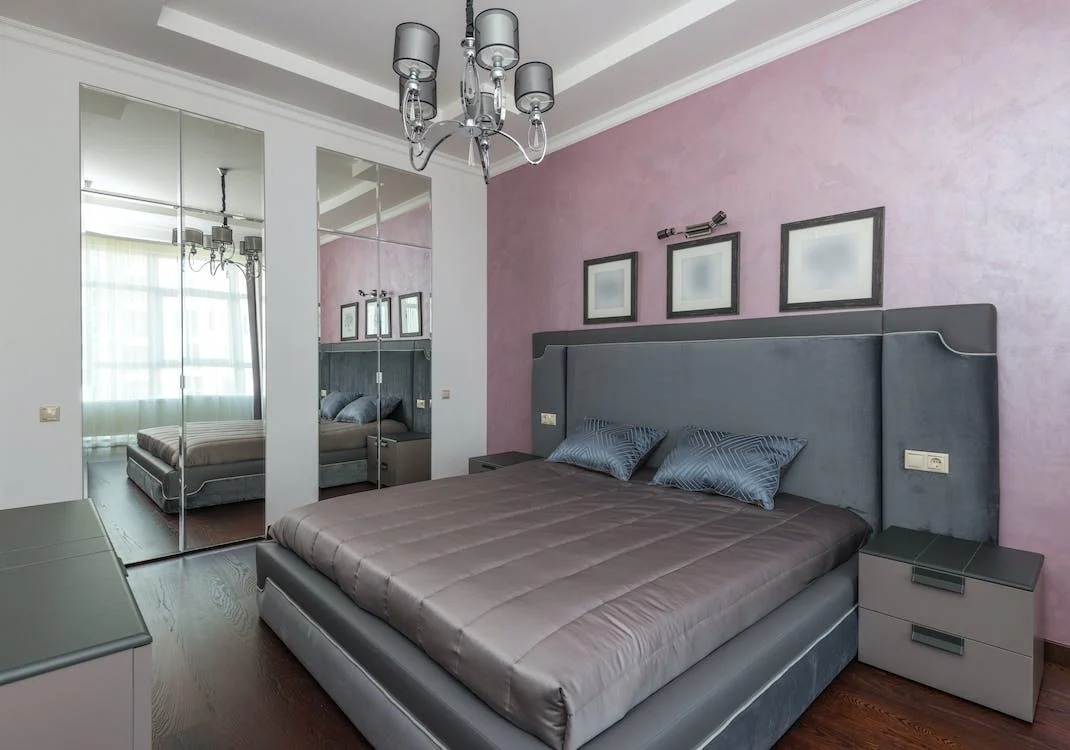
The suspended ceiling is the most commonly used type of ceiling today.
The suspended ceiling frees up space, called the plenum, which can accommodate insulation and electrical cables.
It allows:
– disguise a damaged, cracked or ugly subfloor or original ceiling,
– to install very high-quality acoustic and thermal insulation (because of its great thickness),
– hide electrical conduits and install integrated lighting.
In addition, it makes it possible to reduce the room’s height, a solution often used for bathrooms, sanitary facilities or kitchens.
Finally, the suspended ceiling reduces noise and shocks because the structure is separated from the floor.
Suspended ceiling materials: panelling, plaster, bricks…
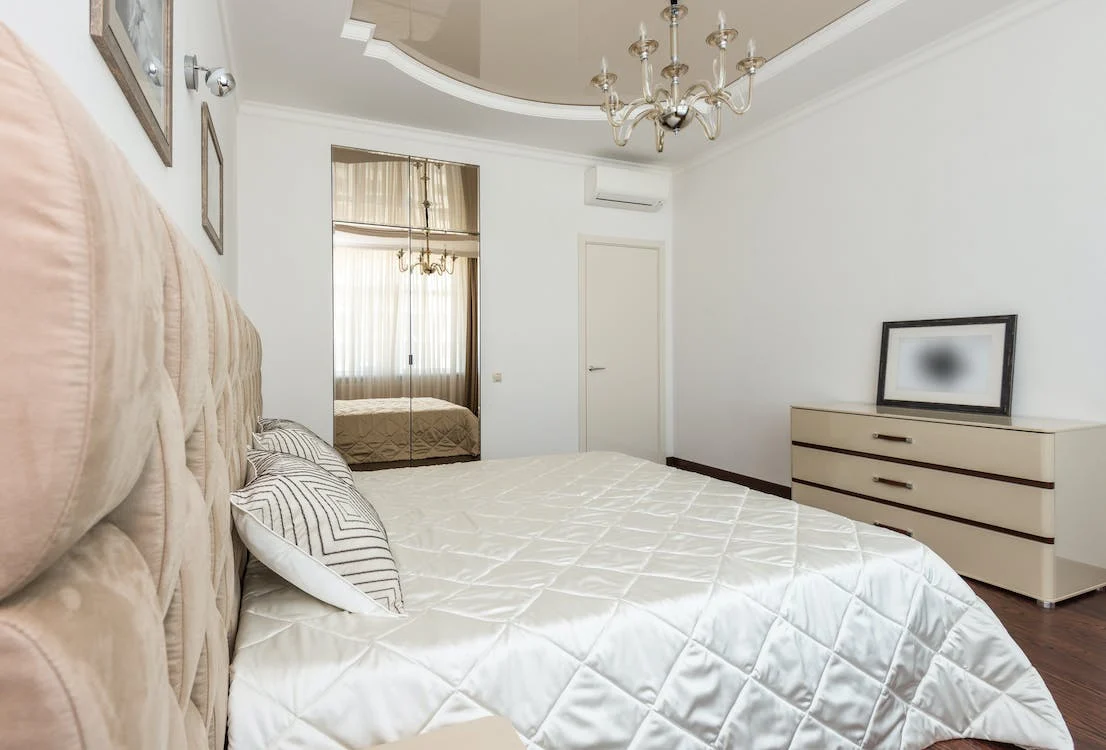
The suspended ceiling is made up of materials:
– for the structure (detached from the load-bearing structure):
o hangers: very often, metal lugs at the end of threaded rods of suitable length and fixed to the floor,
o furring/rails into which the lugs are fitted, positioned on average every 60 cm,
– for the ceiling itself (to be screwed or fixed to the rails):
o PVC strips,
o plasterboard,
o terracotta or ceramic ceiling bricks (for ceiling tiles).
Easy to install and affordable
The suspended ceiling is suitable for all supporting structures: wood, concrete or steel.
It is easy and quick to install: it can even be dismantled to allow work to be carried out in the plenum (electrical cables, etc.)
Suspended ceilings: many advantages
A traditional construction that tends to disappear but has many advantages.
For this type of suspended ceiling, bricks are interlocked and held together by hangers. The top is then finished with a plaster coating.
The suspended ceiling in ceiling tiles allows:
– beautiful finishes,
– to camouflage a damaged subfloor.
The materials (terracotta and ceramic) are sufficient to ensure good thermal and acoustic performance.
The space between the ceiling and the sub-structure, either between the joists or the supporting structure, can also be filled with insulation and electrical conduits.
The suspended ceiling has a long service life
Its installation requires the know-how of a professional and a solid supporting structure because the weight of the materials is not negligible.
Now let’s have a look at stretch ceilings.
Stretch ceilings: aesthetic and practical
The stretch ceiling is gradually invading the market: this solution is increasingly used by individuals and professionals to design their interiors.
This original technique is often used in recent constructions for several reasons:
– it is a practical response to the problems of damaged and tired ceilings;
– it allows the height of the room to be reduced and electrical cables and insulation to be hidden;
– it provides good acoustic and thermal insulation;
– it is very well integrated with modern and contemporary decors:
o the stretch ceiling exists in matt, satin, lacquered and even patterned finishes,
o lighting can be easily integrated (you can drill the fabric);
– and it is suitable for any supporting structure.
False ceiling materials: fabric and profiles
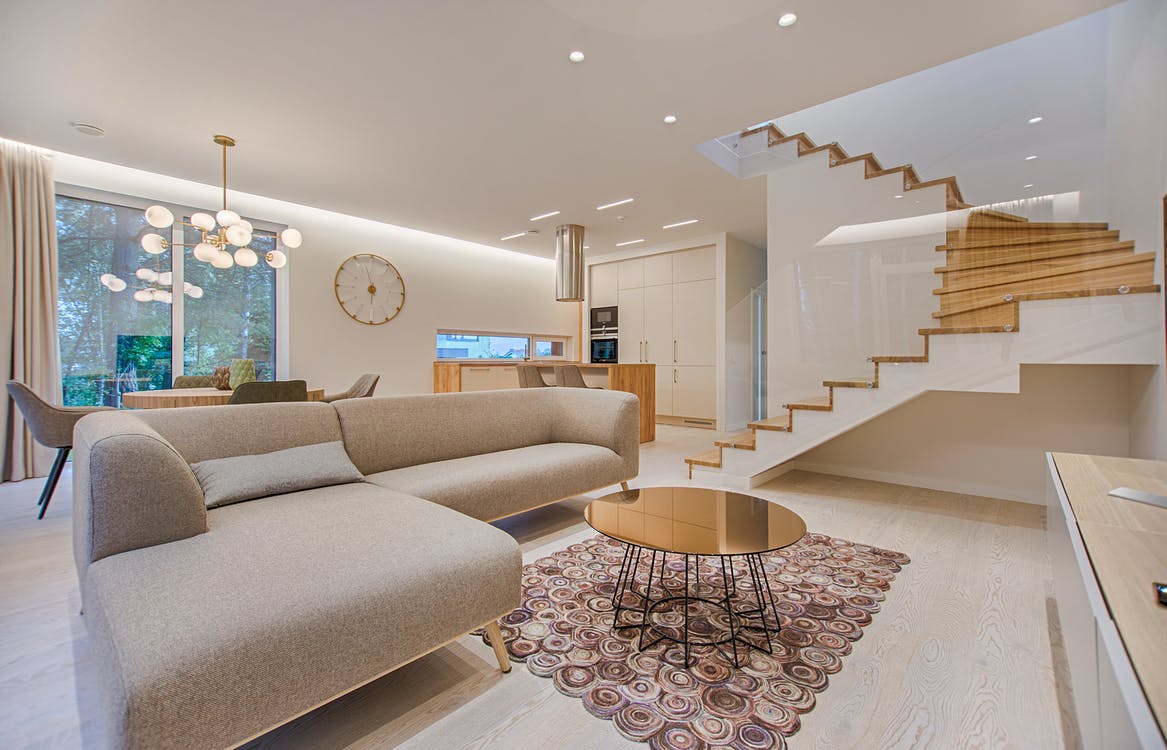
The stretch ceiling is made of a thermoplastic fabric (mainly PVC) called velum, with thermo-extensible properties:
– the fabric is fire resistant;
– it is treated against UV;
– some fabrics are also anti-mite, anti-bacterial, anti-static or fungicidal.
It is attached to PVC or aluminium rails or profiles around the floor.
Good to know: The fabric now exists without the PVC component and is, therefore, less harmful and even entirely recyclable!
Stretch ceilings: a delicate installation
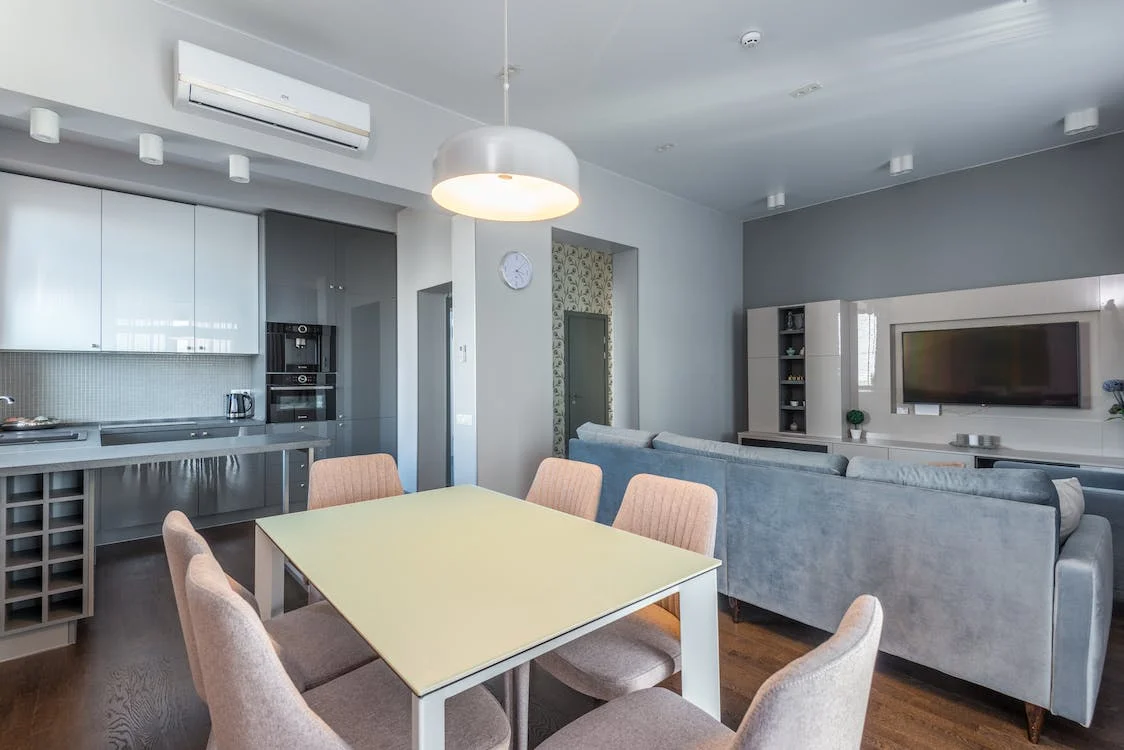
It must be made to measure by a professional after a detailed survey of the dimensions: the high-frequency welds are made in the factory.
There are two techniques for installation:
– hot: under the action of a heat source, the fabric is stretched and takes on a smooth and flat appearance over the entire surface of the ceiling;
– cold: thanks to an evolution of the technique, a comparable result can be achieved without heating.
The installation by a specialist is quick: the work is clean and not very time-consuming because it is not necessary to empty the premises.
Good to know: If you want to do the installation yourself, you need at least two people. But this is strongly discouraged. Only a professional can master the technique and the tools.
No maintenance for this type of ceiling
A few benefits:
-
The stretch ceiling fabric requires no special maintenance and has a long life span;
-
it can be washed off and is even suitable for damp rooms;
-
it is cost-effective to camouflage a damaged ceiling requiring a major renovation;
-
the service life of the stretch ceiling is very long, and the surface is not affected by knocks.
Please note: you cannot repaint this type of ceiling, so choose a discreet colour that you will never tire of!
